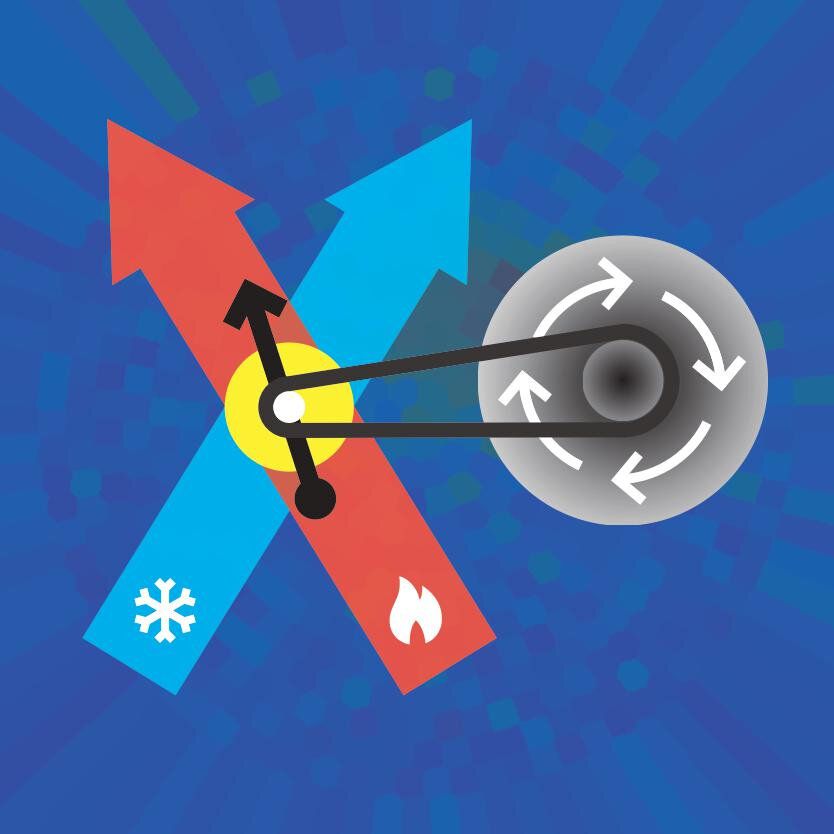Theoretical physicists at Trinity College Dublin are among an international collaboration that has built the world’s smallest engine—which, as a single calcium ion, is approximately ten billion times smaller than a car engine.
Work performed by Professor John Goold’s QuSys group in Trinity’s School of Physics describes the science behind this tiny motor. The research, published today in international journal Physical Review Letters, explains how random fluctuations affect the operation of microscopic machines. In the future, such devices could be incorporated into other technologies in order to recycle waste heat and thus improve energy efficiency.
The engine itself—a single calcium ion—is electrically charged, which makes it easy to trap using electric fields. The working substance of the engine is the ion’s “intrinsic spin” (its angular momentum). This spin is used to convert heat absorbed from laser beams into oscillations, or vibrations, of the trapped ion.
